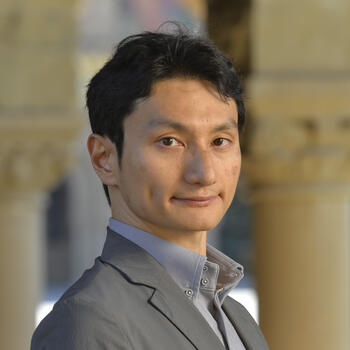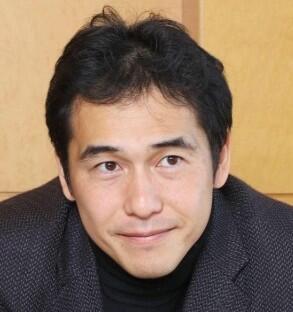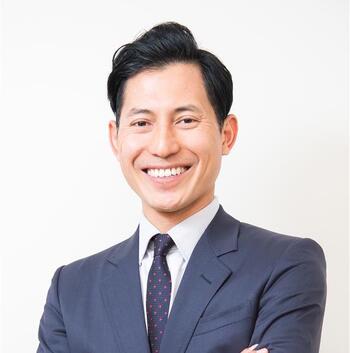Planetary Health in Asia and Its Global Position

Co-sponsored by Peking University's Institute for Global Health and Development and the Asia Health Policy Program
This event explores the vital intersection of digital innovation and field experience in planetary health, focusing on Asia's unique position in global environmental and health challenges. It brings together two complementary perspectives to examine the measurement and improvement of planetary health outcomes. The first presentation introduces the Planetary Health Axis System (PHAS), an innovative digital platform that systematically evaluates human, animal, and ecological health against planetary boundaries across regions. With a focus on Asian countries, this system offers new insights into how different regions perform against key planetary health metrics. The second presentation shares significant research from the Stanford Center for Human and Planetary Health, particularly focusing on human and environmental health studies in Bangladesh and other Asian regions, while also offering valuable perspectives on digital planetary health assessment approaches. Through these discussions, the event aims to bridge the gap between data-driven approaches and field research, exploring how Asia's planetary health challenges and solutions contribute to the global landscape.

Dr. Ermo Chen holds a PhD in Statistics from the School of Mathematical Sciences, Peking University. His research areas include health economics, planetary health, actuarial science, and financial statistics. Previously, he served as the Head of Risk Management and Chief Data Scientist at Aden Tech., and as an Actuarial Manager at China Reinsurance (Group) Corporation. His research primarily employs high-dimensional statistics and machine learning to extract deep attributes from big data, supporting optimal economic decision-making that considers risk in dynamic environments. He was awarded the 2019 China Health Insurance Innovation Award, and also the actuary for China's first weather-health index insurance product.

Dr. Stephen Luby studied philosophy and earned a Bachelor of Arts summa cum laude from Creighton University. He earned his medical degree from the University of Texas Southwestern Medical School at Dallas and completed his residency in internal medicine at the University of Rochester-Strong Memorial Hospital. He studied epidemiology and preventive medicine at the Centers for Disease Control and Prevention.
Dr. Luby's previous positions include directing the Centre for Communicable Diseases at the International Centre for Diarrhoeal Diseases Research, Bangladesh in Dhaka, Bangladesh from 2004 - 2012, conducting research and teaching epidemiology at the Aga Khan University in Karachi, Pakistan from 1993 - 1998, and working as an epidemiologist in the Foodborne and Diarrheal Diseases Branch of the U.S. Centers for Disease Control and Prevention.
Online via Zoom Webinar

















